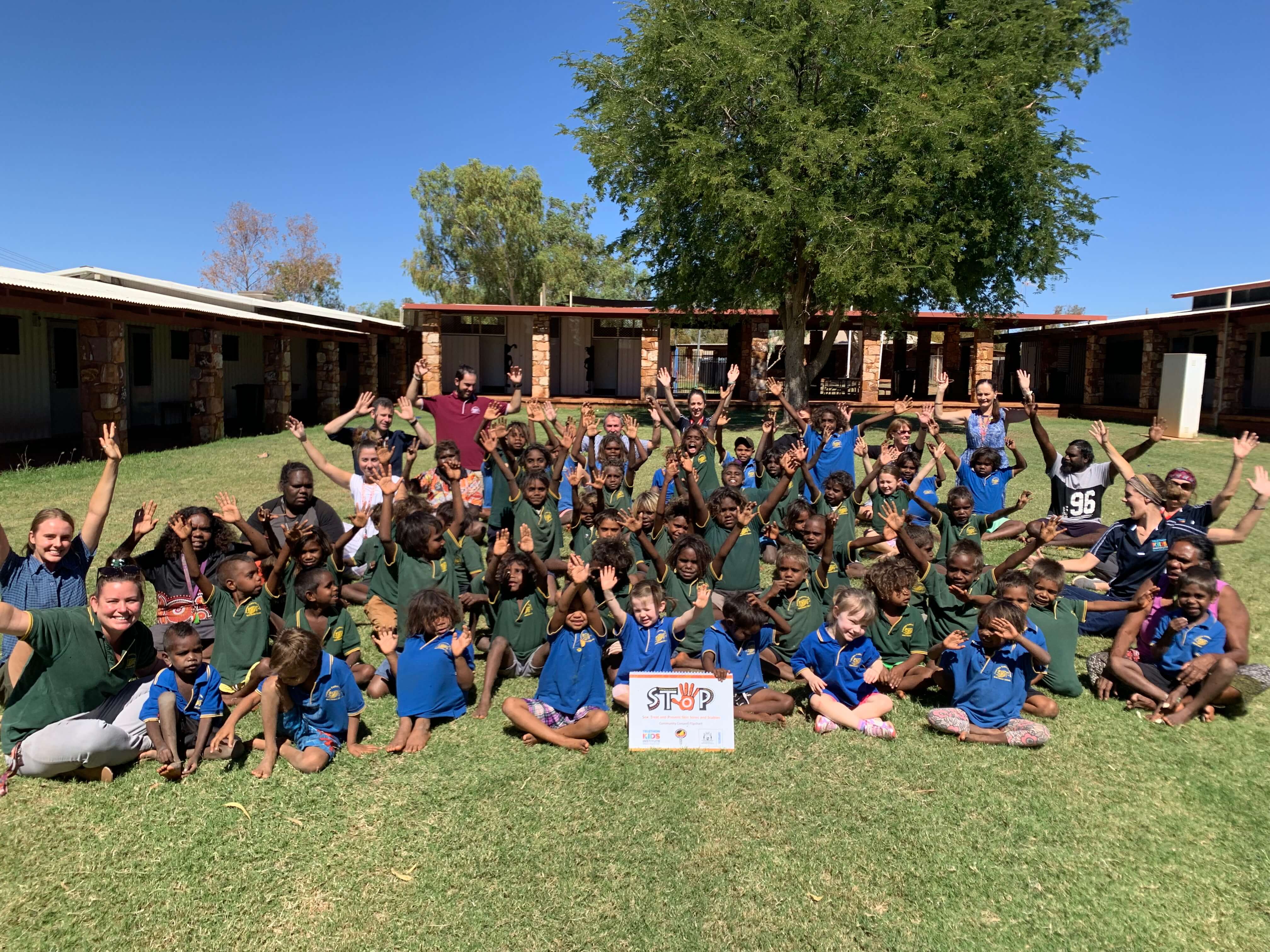Search
Research
Case Report: Neonatal Varicella Acquired From Maternal ZosterThe incidence of neonatal varicella has decreased dramatically since the introduction of the varicella vaccination. Although the varicella zoster virus is often associated with a mild infection, it may cause severe morbidity and mortality, particularly in the neonatal period and immunocompromised hosts. We report a case of neonatal varicella acquired from maternal zoster in a mother on biological immunosuppressive therapy.
Research
COVID-19, children and schools: overlooked and at riskWe have closely followed the international literature about severe acute respiratory syndrome coronavirus 2 (SARS‐CoV‐2) transmission dynamics in children (aged 0–18 years).2 Evidence‐informed discussion about school attendance in the context of COVID‐19 is a high priority and this complex subject requires weighted expert review of the literature to accurately inform policy. As paediatricians and infectious diseases specialists, we wish to highlight important considerations when interpreting the available data.
Research
Infectious diseases clinician's variation in the management of pediatric Staphylococcus aureus bacteraemia and equipoise for clinical trialsLarge variation in antibiotic prescribing amongst clinicians is demonstrated and increased, corresponding with escalating case complexity and persisting MRSA bacteraemia
Research
Treatment, prevention and public health management of impetigo, scabies, crusted scabies and fungal skin infections in endemic populations: a systematic reviewSystematic review of the treatment, prevention and public health control of skin infections in resource-limited settings where skin infections are endemic
Research
A population pharmacokinetic study of benzathine benzylpenicillin G administration in children and adolescents with rheumatic heart diseaseFew children and adolescents receiving BPG as secondary prophylaxis will achieve concentrations >0.02 mg/L for the majority of the time between injections
Research
Perinatal risk factors associated with skin infection hospitalisation in Western Australian Aboriginal and Non-Aboriginal childrenWe have quantified the relative influence of perinatal risk factors associated with skin infection hospitalisations in WA children
Research
Immuno-nephelometric determination of group streptococcal anti-streptolysin O titres (ASOT) from dried blood spots: Method for validating a new assayThis study was designed to determine the sensitivity and reproducibility of recovering anti-streptolysin O titres (ASOT) from dried blood spot (DBS) samples
Research
A 15-Year Old Burmese Girl With Hemoptysis: A Case ReportA 15 year old girl, born in Hakha, Myanmar, presented with 2 months of intermittent hemoptysis 3 years after immigrating to Australia, via Malaysia.

People
Ingrid Amgarth-DuffDr Amgarth-Duff is an early career Post-doctoral Senior Research Offer in the Healthy Skin & ARF prevention team.

News & Events
Major grant empowers community voices to drive reduction in skin infectionsAboriginal community members throughout the Kimberley will take a lead role in driving healthy skin messages within their own communities thanks to a major funding boost to The Kids Research Institute Australia’s SToP Trial.
